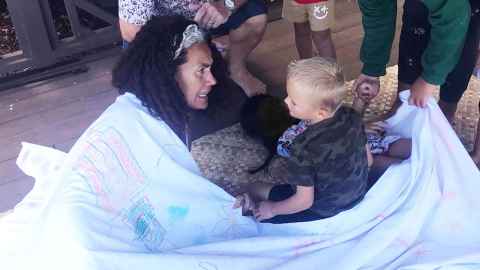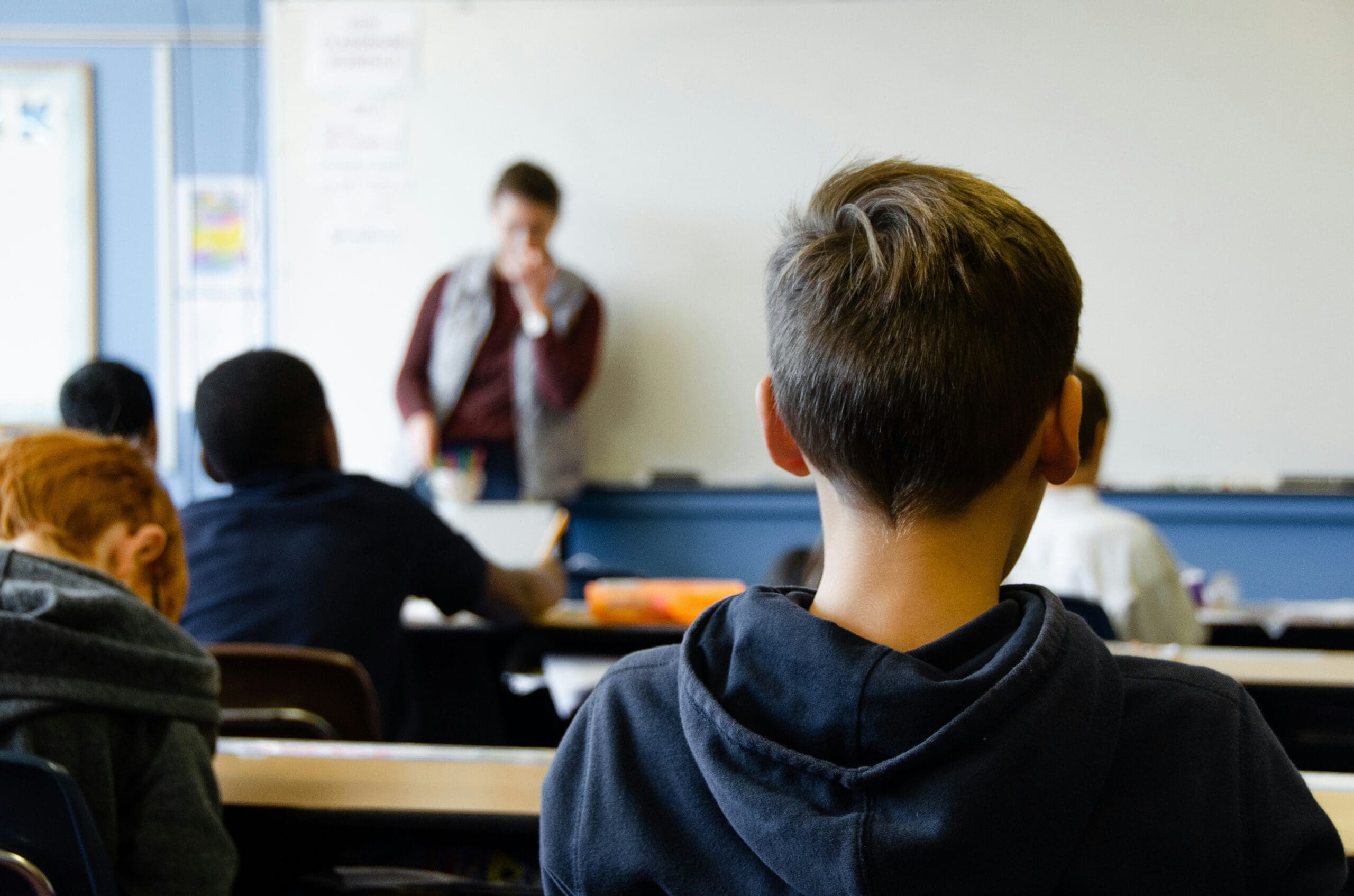As Australians continue to clean up from weeks of devastating floods, the Albanese Government is delivering on its commitment to ensure Australia is better prepared for future disasters.
The ongoing flood emergency in eastern Australia has shown we need to do all that we can to support disaster affected communities before, during and after natural disasters.
Emergency Management Minister Murray Watt said this commitment to better invest in disaster mitigation is underscored by the Government’s flagship disaster resilience initiative – the Disaster Ready Fund (DRF).
“Under the DRF, up to $1billion has been set aside over the next five years from 2023-24, mitigating potential disaster loss and damage,” he said.
“This fundamental program will help reduce the physical, economic and the psychological impacts of disasters experienced by Australian communities.
“With a specific focus on disaster resilience, the Disaster Ready Fund will help prepare Australians as best as we can for future catastrophic weather events.”
“It is vital we invest in reducing the impacts of these events, it reduces harm, loss of life, property loss and the impacts on economic productivity and furthermore is cheaper than disaster response.
“After a decade of dithering, Australians now have a government that takes these threats seriously and is delivering on its commitment to do something about it.”
Minister Watt said increasing the capacity and capability of the nation’s volunteer base remains a priority for the Australian Government.
“The increasing prevalence and intensity of disasters also requires more readily deployable boots on the ground to help communities respond and recover.
“The Albanese Government has committed $38.3 million to the veteran-led Disaster Relief Australia to enhance their operations, which will also help to reduce the pressure on the Australian Defence Force.
“These funds aim to support up to 5200 additional volunteers join the existing disaster volunteer workforce by covering the uplift costs associated with recruitment, deployment, equipment and training.
“In addition, $22.6 million has been allocated to help reduce the cost of insurance in communities at risk of dealing with natural disasters.
“These measures will establish partnerships between government and the insurance sector, improve consumer understanding of insurance products and leverage private-public initiatives to inform mitigation projects that reduce premiums for Australian households.”








